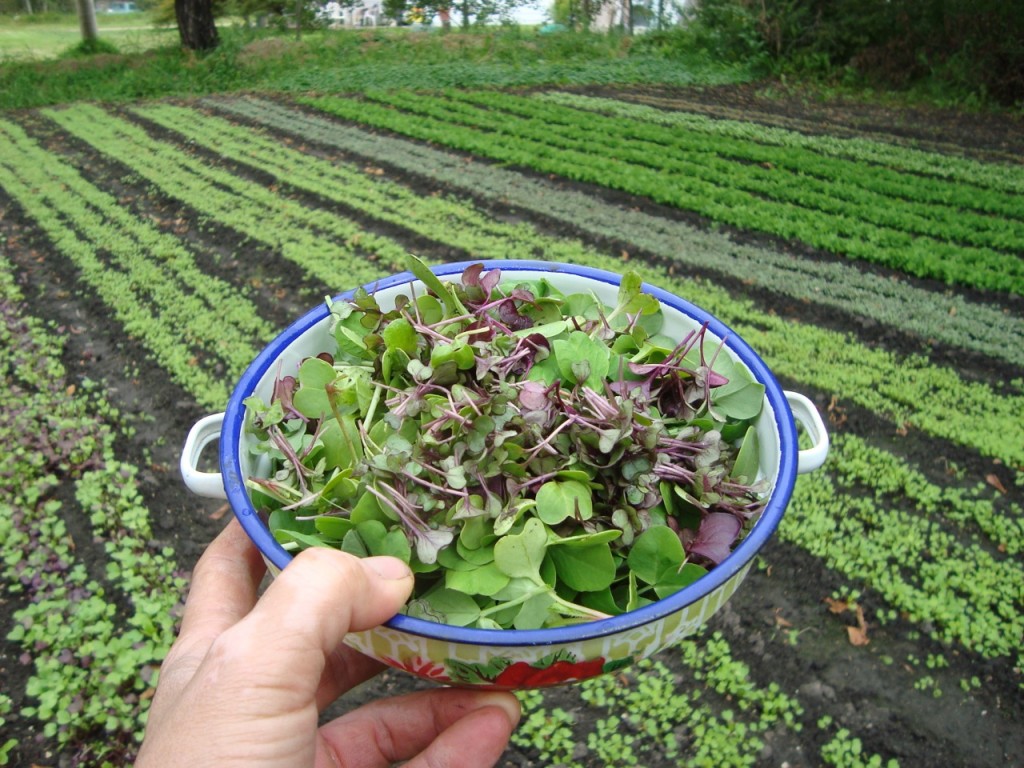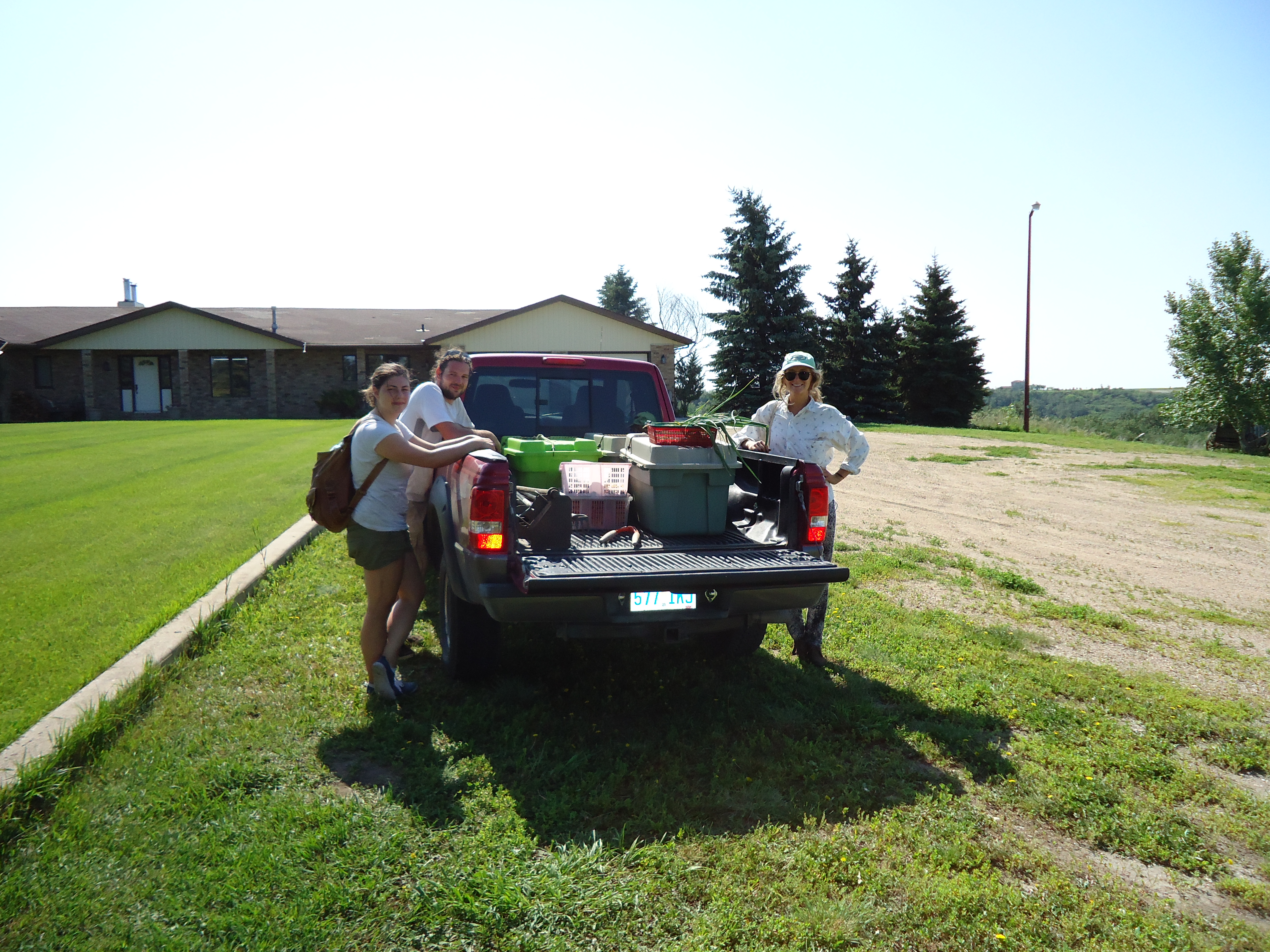What’s it good for? SPIN-Farming certification doesn’t leave you wondering. Once you’ve earned it, what you’ll have to show for it is a moneymaking farm business. The certification program is focused, rigorous, performance-based and produces a measurable ROI.
Completion time depends on the level you are starting from. Here are the levels:
SPIN-Farming Levels of Achievement
$ Pro 1 (Basics concepts) – Novice ($500 average gross/week)
18 Credits
Covers: >Design
>Production techniques
>Basic, low-cost infrastructure and gear
>Harvesting & prepping practices
>Safe farming practices
Graduation requirement: present the plan that generated $500 average gross/week in revenue- crops grown, unit amounts, sales channels, pricing, number of marketing weeks
completion of this level signifies a novice farmer
$$ Pro 2 (includes 2.0 concepts) – Apprentice ($1,000 average gross/week)
21 Credits
Covers: >Equipment investments
>Land base allocation
>Extended marketing period
Graduation requirement: present the plan that generated $1,000 average gross/week in revenue – crops grown, unit amounts, sales channels, pricing, number of marketing weeks
completion of this level signifies an apprentice farmer
$$$ Pro 3 – Experienced ($2,000 average gross/week)
12 Credits
Covers: >Work rate
>Cropping strategies
>Crop repertoire
>Extended marketing period
Graduation requirement: present the plan that generated $2,000 average gross/week in revenue – crops grown, unit amounts, sales channels, pricing, number of marketing weeks
completion of this level signifies an experienced farmer
$$$$ Pro 4 – Expert ( $2,000+ average gross per week)
12 Credits
Covers: >Maximized marketing period
>Season extension
>GAP compliance
Graduation requirement: present the plan that generated $2,000+ average gross/week in revenue – crops grown, unit amounts, sales channels, pricing, number of marketing weeks
completion of this level signifies an expert farmer
No grades. No papers. You learn by doing with online guidance from a SPIN mentor and peer-to-peer support.
Here’s how it works:
>Pick the level you are starting from
>Be assigned a SPIN mentor
>Earn SPIN credits (you might already have)!
>Achieve progressively higher levels of proficiency and revenue
>Create a moneymaking farm as you go, at a pace that suits your abilities, time and resources
Here’s graduation requirements:
>Follow our online learning program
>Pass a 25 question test
>Provide key 5 SPIN metrics for each level you complete
>Create a moneymaking SPIN farm
For more details on SPIN-Farming certification, go here.









